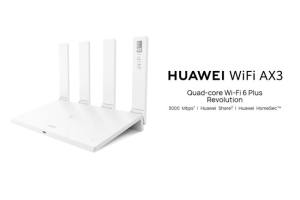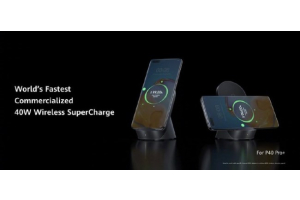Active Noise Control-HUAWEI FreeBuds 3 Review
Since the mobile phone gradually began to cancel the 3.5mm interface in 2016, Bluetooth headsets have developed rapidly in the past two years. Coupled with some of the disadvantages of traditional wired headsets and the needs of consumer in specific scenes, and Bluetooth headsets have gradually evolved from single ears to binaural ears. All of these have gradually led to the emergence of wireless Bluetooth headsets. At present, wireless headsets have become a new trend in the development of headphones.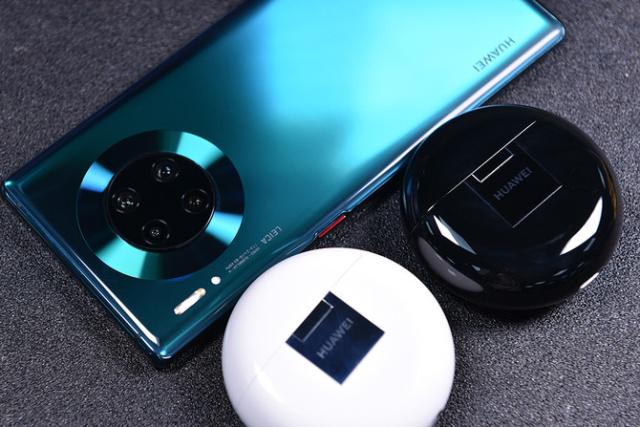
HUAWEI has never lacked innovation in technology. At the previous IFA exhibition, HUAWEI not only released the Kirin 990 series chip and the Kirin A1 chip specially designed for wearable devices, but also brought a new generation of TWS headset Freebuds 3, while the product further develops in technology, Also added some HUAWEI's exclusive selling advantages.
Kirin A1 chip, lower latency and smoother sound quality
The Kirin A1 chip configured by HUAWEI FreeBuds 3 is the world's first wearable chip with Bluetooth and BLE dual-mode 5.1 certification. It integrates some processing units in a compact size of 4.3mm * 4.4mm, such as Bluetooth processing unit, audio processing unit, low-power application processor and independent power management unit. These processing units allow the Kirin A1 chip to have more stable connection performance, audio processing capabilities, excellent anti-interference ability, and also support intelligent human-computer interaction, which can bring immersive high-quality music listening and audio-visual synchronization gaming experience. The strong performance of the Kirin A1 chip and the creative use of self-developed dual-channel technology have greatly improved the use experience of Huawei FreeBuds 3 True Wireless Bluetooth Headset.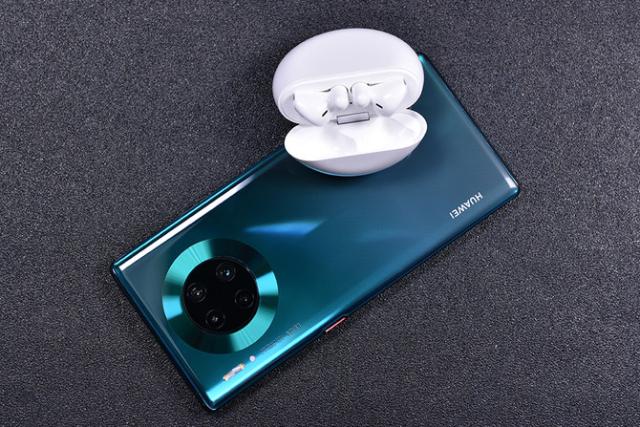
The advantage of true wireless (TWS) headphones is the realization of true wireless structure, the users no longer need to worry about tangled headset cables when using the headset. At present, the most common TWS headset refers to the mobile phone connected to the main headset, and then the main headset is connected to the secondary headset through wireless Bluetooth. The left and right channels of Bluetooth are used separately. When the user rotates the head or changes some postures while wearing it, it may often happen that the two headphones are disconnected, and only the main headset can make sounds; sometimes, there is a problem that the mobile phones are disconnected and no sound is produced.
Another solution is to connect the left and right earphones to the device, and both earphones receive the left and right audio channels at the same time. The stability and delay of this solution are well controlled. Although in this solution, the main earphone does not need to forward audio signals to the sub earphone, but since the two earphones still need to communicate, the communication between the left and right ears needs to penetrate the human body, and there will be some interference. And this connection method has the disadvantage of high power consumption.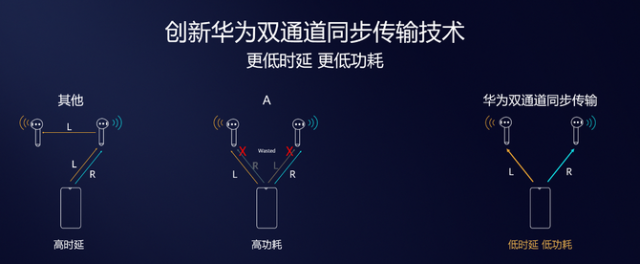
Different from the above two methods, the newly launched HUAWEI Freebuds 3 headphones benefit from the self-developed dual-channel synchronous transmission technology of the self-developed Kirin A1 chip, which enables two headphones to obtain the left and right channel signals from the mobile phone directly. The two headsets communicate with the mobile phone directly to avoid mutual interference between the two headsets. Huawei ’s self-developed dual-channel synchronous transmission also reduces the delay greatly.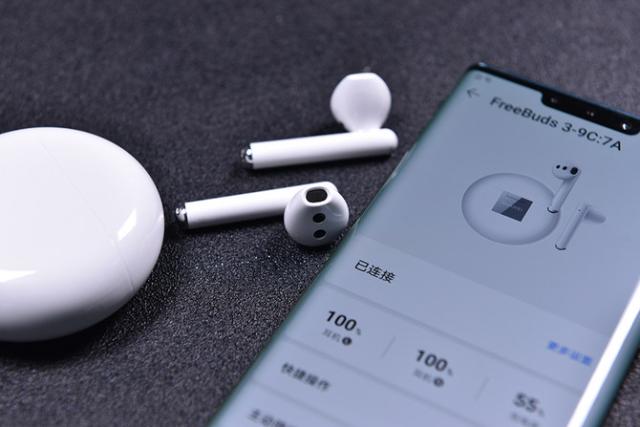
HUAWEI officially said that Freebuds 3 ’s game audio delay is only 190ms (the video has almost no delay), which is better than the current Sony wireless headset WF-1000XM3. Coupled with the active noise reduction function, it can increase the user's immersion. As for the low-latency feeling, the users may not feel very obvious during the listening process, but the benefits of low-latency are realized perfectly when playing games. We have experienced the actual effect of playing "Glory of the King" while wearing HUAWEI Freebuds 3. The transmission connection has almost real-time effects when active noise reduction is turned on, so we feel particularly good when playing games.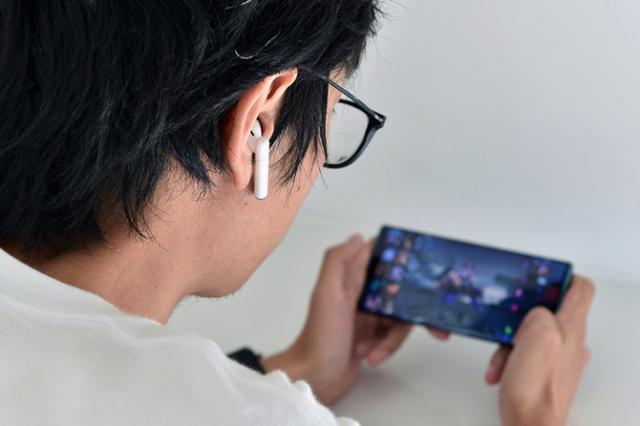
Since both the Bluetooth and WiFi signal frequency bands are 2.4GHz, TWS headsets often get stuck and disconnected when used in places with more people and interference with WiFi signals, such as shopping malls, cafes, office buildings, etc. HUAWEI FreeBuds 3 uses Huawei's new generation Bluetooth channel selection algorithm, which can dynamically identify frequency bands affected by WiFi interference and hop to undisturbed channels, so it can adapt to changes in the environment quickly and obtain higher interference immunity. According to official data from Huawei Labs, the interference recognition accuracy of the new-generation Bluetooth channel selection algorithm is more than 95%, which can identify interference changes quickly and then complete channel switching.
We also did a simple test in a crowded coffee shop. Many people are in the coffee shop during the test period, and there are about 5-6 people using laptops. Therefore, there is obvious wifi signal interference, but we can still play music normally with HUAWEI FreeBuds 3 true wireless headphones, and even there is no stuttering or disconnection problem when walking around, the overall sound quality is still smooth.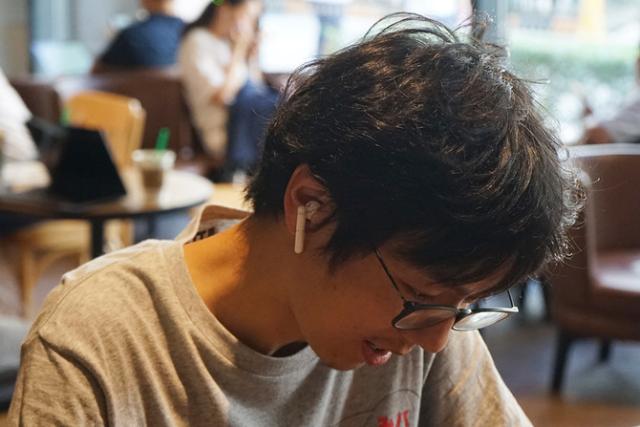
The world's first semi-open active noise cancelling headset
HUAWEI Freebuds 3 does not use the commonly used in-ear design, but it still has active noise reduction. According to the official introduction, each headphone of the Freebuds 3 can provide up to 15dB of ambient sound noise reduction.
The semi-open shape earphone is different from the in-ear type, and the sound leakage is more obvious. In addition, different people have different ear canal structures, wearing attitudes and habits, so the ear canal response is very different, and it is difficult to adjust the parameters based on the standard head model to adapt Everyone. Based on a large number of real human ear canals, HUAWEI summarizes and extracts 9 types of features based on different ages, genders, ear sizes, and tight wearing habits, and finally generates 9 sets of noise reduction parameters.
After connecting the Smart Life APP, you can also adjust 9 different parameters on the mobile phone, and then combine the APP adjustment methods to achieve the best adaptation effect, which is more convenient to eliminate background noise. Therefore, HUAWEI FreeBuds 3 has an active noise reduction algorithm based on human ear canal adjustment. After you bring headphones and turn on noise reduction, it can automatically adjust according to the environment.
In terms of conversations, it can also cooperate with bone sensors to detect the vibration of the head tissue when the wearer speaks, and thus improve the clarity during the conversation. When talking in the wind, HUAWEI FreeBuds 3's wind noise reduction duct is based on aerodynamic design, which can effectively suppress wind noise, so that friends on the other end of the phone can easily hear clear sound.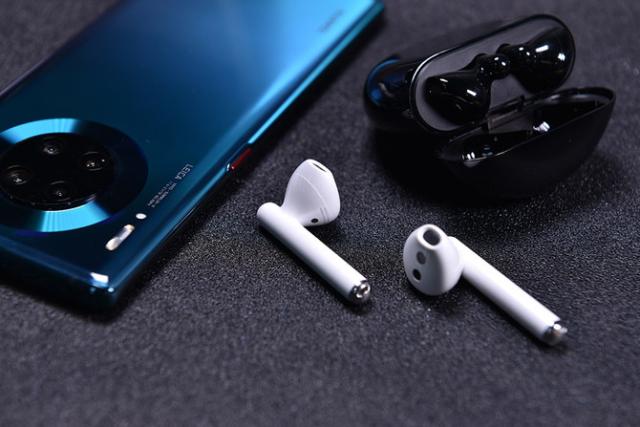
In addition, in terms of battery life, the HUAWEI Freebuds 3 headphones can listen to songs for 4 hours when fully charged. Together with the charging case, it supports up to 20 hours of listening to music. In addition, this product also supports three charging methods: wired fast charging, wireless charging and wireless reverse charging.
Appearance design, comfortable to use and not easy to slip.
HUAWEI FreeBuds 3's semi-in-ear design reduces the feeling of congestion and foreign objects brought by the in-ear style. The translucent feeling brought by the semi-in-ear style allows users to wear comfortably for a long time, which is very friendly to users with sensitive ears. This design also reduces the stethoscope effect effectively which was often found in in-ear headphones.
In appearance, HUAWEI FreeBuds 3 also imitates the line design of the dolphin's head. The head is slightly protruding, and the overall curve is very smooth. It can fit the ear canal deeper, is comfortable to wear and is not easy to fall off. The internal design of the sound cavity that mimics the dolphin in front of the dolphin can have a bunching effect on the sound, which further improves the efficiency of sound beam convergence and brings a better sound experience.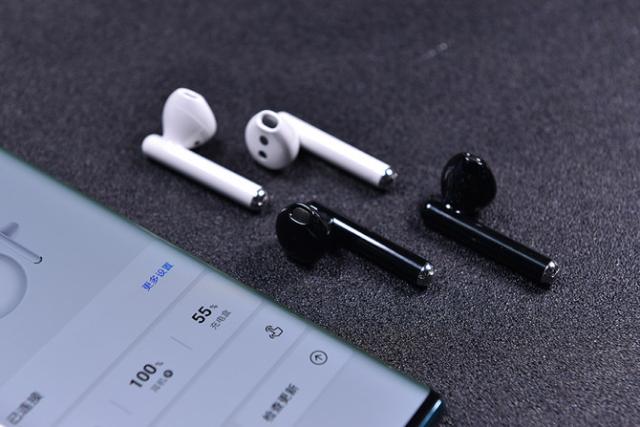
From the battery case to the headset handle, the HUAWEI FreeBuds 3 uses a symmetrical design with smooth lines. From the battery case to the headset handle, the HUAWEI FreeBuds 3 uses a symmetrical design with smooth lines. The soft pure round case and the stainless steel badge design on the case not only fit the palm and users will feel very comfortable when holding it, but also help users quickly locate the location of wireless charging.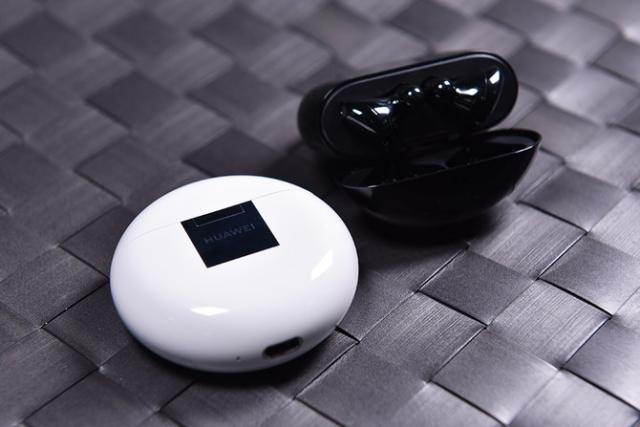
HUAWEI FreeBuds 3, Huawei's third-generation true wireless Bluetooth headset, inherits the concept of wireless freedom and seamless natural interaction from the previous two generations. The addition of this innovative self-developed chip makes it have better processing performance, and the dual-channel synchronous transmission also brings a comprehensive improvement to the basic experience of Bluetooth headsets. The half-in-ear design reduces the burden of wearing, excellent anti-interference ability and ultra-low latency, providing a better immersive experience for users who like games. The active noise reduction algorithm brings a new upgrade of the audio experience of the semi-open form headset, creative bone voiceprint call noise reduction, and a unique wind noise reduction duct design to achieve face-to-face calling. In general, HUAWEI FreeBuds 3 is a true wireless Bluetooth headset that truly meets the needs of users.
